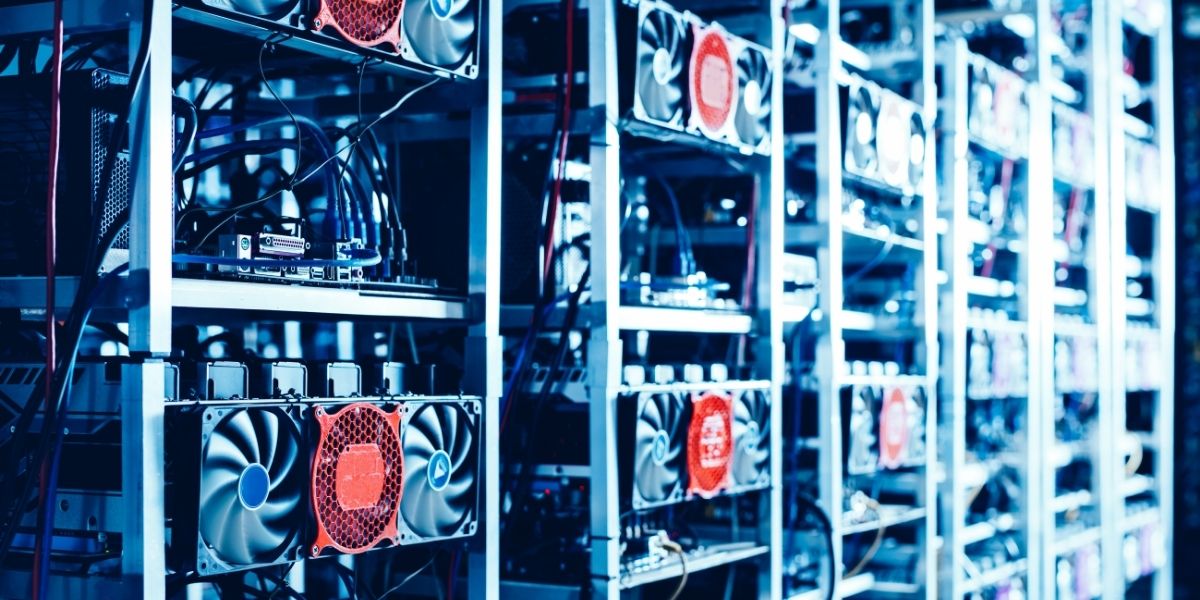The ongoing customs tariff conflict between the US and China has highlighted its implications for the cryptocurrency mining sector. The increase in tariffs is expected to alter production costs for ASIC mining devices predominantly used by Bitcoin  $105,428 mining firms in the United States.
$105,428 mining firms in the United States.
Trade Tensions between the US and China
With the recent tariff hike, Trump aims to impose three-figure customs duties on China while attempting to isolate it diplomatically. In recent days, there have been statements from the EU and member countries suggesting closer ties with China. However, the US announced a reduction of tariffs to 10% for countries not retaliating, during the negotiation period of 90 days.
Although the US claims to seek reconciliation with China, the demands expressed by China appear to be unacceptable, diminishing the prospects for a successful resolution.
Bitcoin Mining and ASIC Production
The tariff increase is anticipated to lead to higher costs for China-based ASIC production. This situation may affect the competitive edge of US-based Bitcoin mining firms and could lead to a more balanced mining ecosystem. Rising ASIC costs in the market may provide cost advantages to mining operations in other countries.
The security and censorship resistance of the Bitcoin network depend on the global distribution of hash rate. If a single country or region excessively controls the hash rate, it could undermine the decentralized nature of the network. In this context, investment in mining activities from various countries is seen as a positive step to maintain the network’s balance.
Troy Cross emphasized the critical nature of the situation by stating, “If one country controls a significant portion of Bitcoin’s hash rate, the network’s censorship resistance could be at risk.”
The US holds over 50% of the hash rate. The implementation of tariff increases by China could diminish the competitive power of US-based mining companies while simultaneously paving the way for supporting mining activities in other countries. Such developments may facilitate a more decentralized network.
This situation could lay the groundwork for new regulations in international trade and innovation. The data obtained and market reactions may yield different outcomes in the future. The consequences of these developments are likely to be determined by the adaptability of the involved parties.

 Türkçe
Türkçe Español
Español








